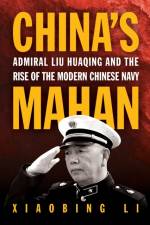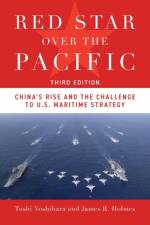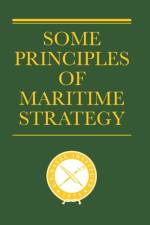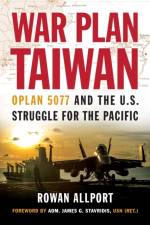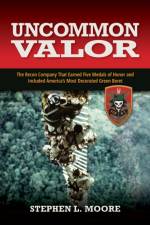av Estate of Linda Goetz Holmes
339,-
The one unresolved issue of the Pacific War is the treatment of our prisoners of war, during and after World War II, both by the Japanese and by our own government. Never before in our military history have so many Americans, military and civilian, been taken captive by an enemy at one time. It was a triumph for the Japanese, and an embarrassment to our own government. Over 36,000 men, mostly military but some civilian, were thrown into Japanese military POW camps, forced to labor for companies working to meet quotas for Japan's war effort. Guests of the Emperor takes you inside the largest fixed military prison camp in the Japanese Empire: Mitsubishi's huge factory complex at Mukden, Manchuria, where 1,200 American prisoners were subjected to brutal cold, starvation, beatings, medical experiments and an extremely high death rate while being forced to help manufacture parts for Mitsubishi's Zero fighter planes. This book is the first to reveal conclusively that some Americans at Mukden were singled out for medical experiments by Japan's biological warfare team, the infamous Unit 731, located just a few hundred miles from this camp. Nowhere else did American prisoners despise their officers so much; commit more creative sabotage; survive such brutal cold; endure death by friendly fire; and require the combined efforts of an OSS rescue team and special recovery unit, to come home alive. Anyone who wants to know more about the Pacific War, with all its contradictions and deceptions, will want to read The Manchurian Mystery.



